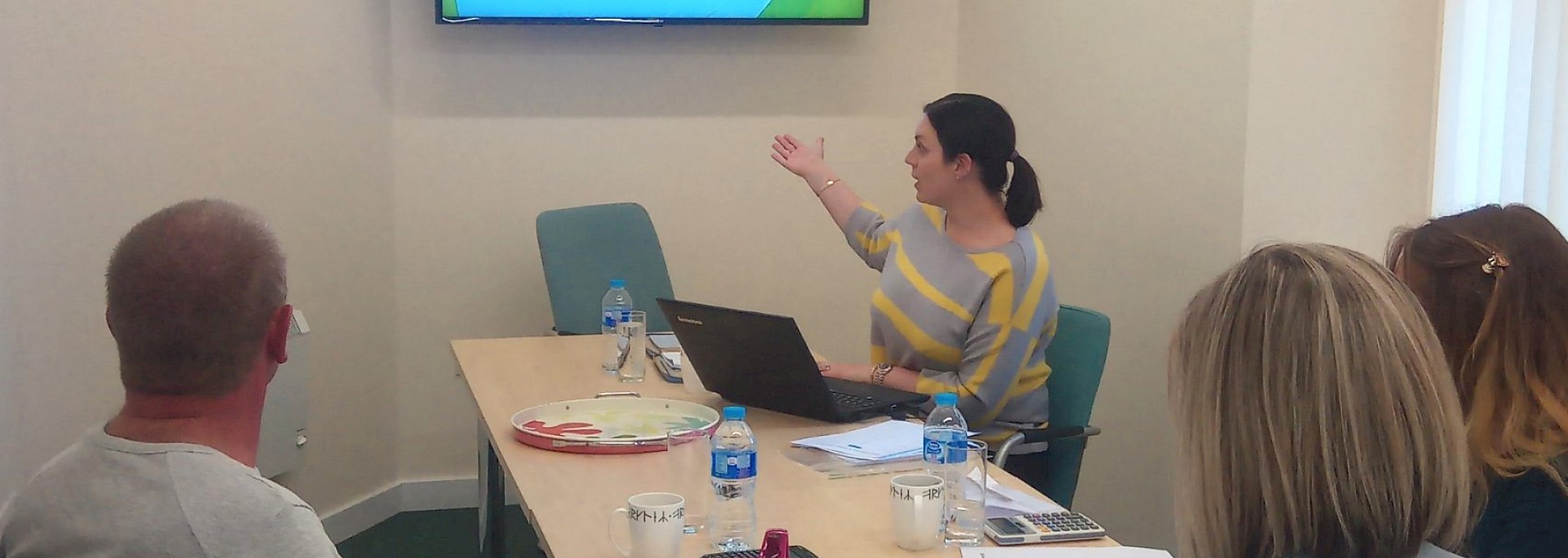How well do you understand what drives costs in your business? What techniques do you use to plan for and control expenditure? Let's look at some different ways to think about costs in your small business.
Understanding your costs and how they behave plays a key role in managing your small business’ finances and cashflow. Knowing when costs are incurred and how, can enable better planning and ultimately improve your bottom line.
Cost can be categorised into the following:
Fixed
Fixed costs are costs that are predictable in terms of amount and timing;
- Monthly rent payments
- Quarterly telephone line rental
- Annual licence fee
Variable
Variable costs will fluctuate depending on certain “cost drivers”
- Electricity costs based on usage
- Fuel based on fuel price
- Professional fees based on hours charged
Linear
Linear costs are incurred in uniform manner;
- Monthly rent payments
- Quarterly telephone line rental
- Annual licence fee
Non-linear
Non-linear costs are not incurred in a uniform manner and can be one off or sporadic
- Repair costs
- Breakdowns
- Legal fees
Direct
Direct costs are identifiable costs which are directly associated with a piece of work
- Purchase of raw materials to make products for sale
- Wages
Indirect
Indirect costs are not directly associated with a piece of work
- Utility bills
- Wages for administration personnel
- Professional fees
Controllable
Controllable costs are those which you can have influence over the outcome.
- Advertising
- Training
- Wages
Non-Controllable
Those costs over which you may have little no influence
- Major repairs
- Fuel
- Licences
Material
Significant costs in the context of your overall business.
Immaterial
Costs that are insignificant in the overall context of your business
Once the type of costs has been established, it’s important to consider what drives these costs - this is key to being able to better manage and control how your business spends money. Below are some examples of cost drivers:
- Inflation
- Market demand for resources (people, equipment, material etc)
- Contract terms & conditions
- Operational requirements
- Lead times (need today vs need tomorrow)
- Industry norms
- Legislation
Each business may have unique cost drivers relevant to their industry.
Were you able to relate your business costs to the categories above? Cost management is an area covered in detail in our training course “Finance Basics For Business Owners”. Why not sign up for the next one to learn more? The next edition runs 13 and 14 August at our offices here at 8 Albert Street.


